Black Tom Explosion, 1916
Introduction
Text-to-speech Audio
Images
Map showing the location of Black Tom island in 1880 (www.njcu.edu)
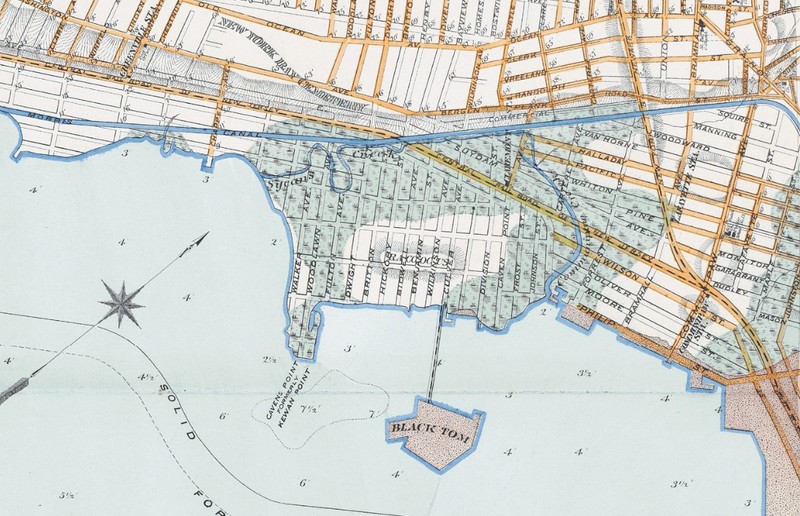
Aftermath of the explosion in 1916 (www.njcu.edu)
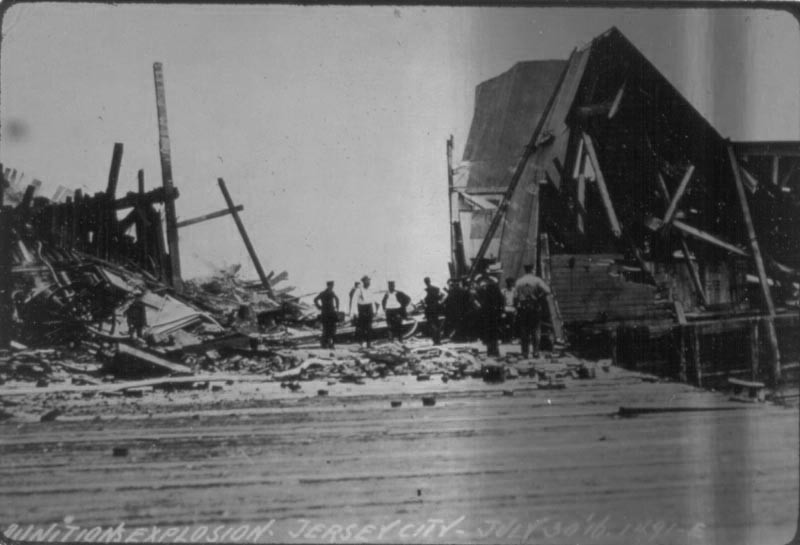
Aftermath of the explosion in 1916 (www.cryptome.org)
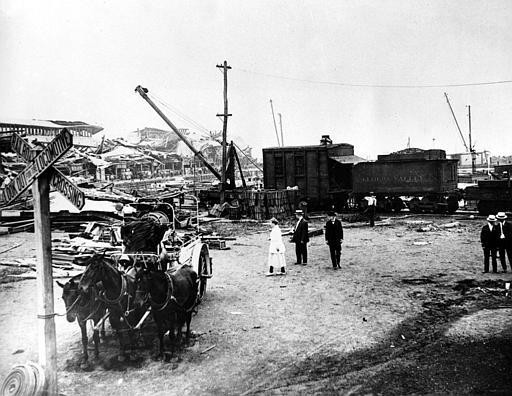
Aftermath of the explosion in 1916, showing the piers that were on Black Tom Island (www.cryptome.org)
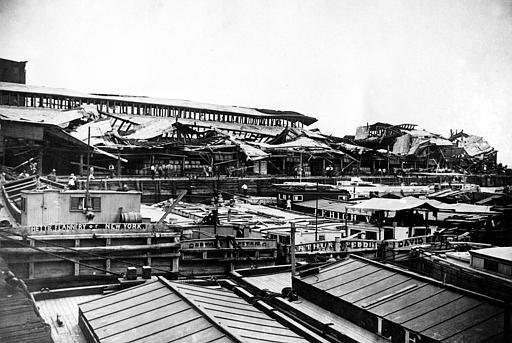
The memorial for the Black Tom explosion (www.njcu.edu)
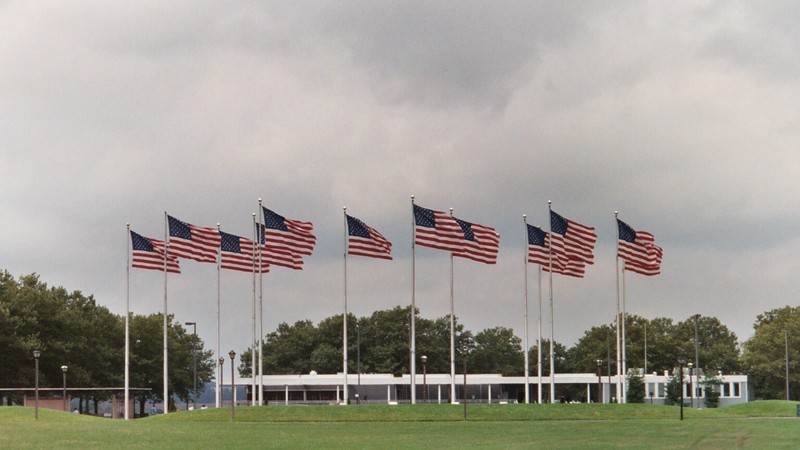
This historic marker is located near the location of the former island-an area that is now part of Liberty State Park

Backstory and Context
Text-to-speech Audio
The island’s name came from a “dark skinned” fisherman who lived on it in the early 19th century. During the 1960s, the island was the property of the Lehigh Valley Railroad Company, who operated a freight facility on the mainland. It was covered in work yards and warehouses, and prior to America’s entry into the First World War, it was being used to store munitions, TNT, and dynamite.
During the War, weapons and ammunition manufactured in the northern states were sent to the island before being distributed to the Allied armies in Europe. Although American was neutral at first, a British blockade prevented the Germans and Austro-Hungarians from being able to purchase American munitions. For this reason, and through documents found pointing blame to German spies, Germany was immediately blamed for orchestrating the explosion.
The island was completely obliterated by the explosion, yet miraculously only seven people died in the incident. Immigrants from Europe who were arriving on Ellis Island were evacuated to the Immigration Bureau in New York City. The estimated cost of damages caused by the explosion was $20 million. A Slovakian immigrant, Michael Kristoff, was arrested as a suspect but was later released as being “insane, but harmless.” The Lehigh Valley Railroad Company sought restitution from the German government following the end of the First World War, yet the Second World War caused these negotiations to come to a standstill. More than $50 million dollars was sought by the American Mixed Claims Commission. Germany eventually paid $95 million to America in 1979.
Sources
Meier, Allison C. "Liberty State Park and the Black Tom Explosion." Allez, Allie!. 9/30/12. Accessed Web, 7/2/17. https://allezallie.wordpress.com/2012/09/30/liberty-state-park-the-Black-tom-explosion/.
Castagnera, James O. "The Black Tom Island Story." Jersey City Online. Accessed Web, 7/2/17. http://www.jerseycityonline.com/stories/Black_tom_island_story_eighty.htm.
